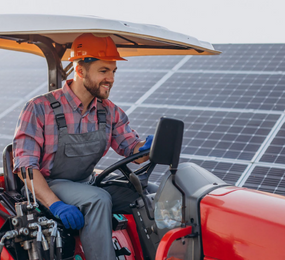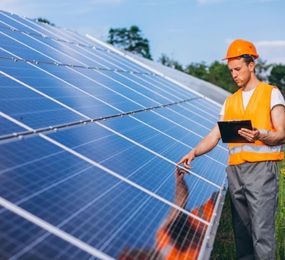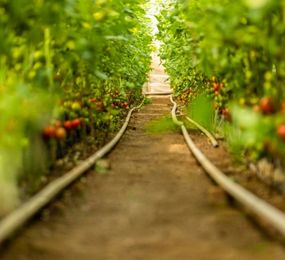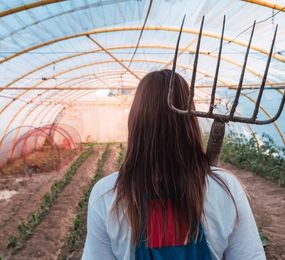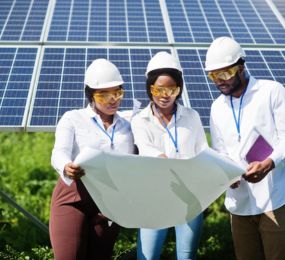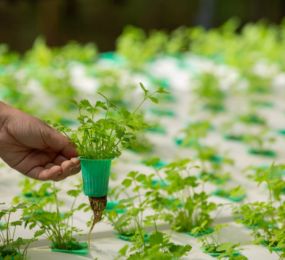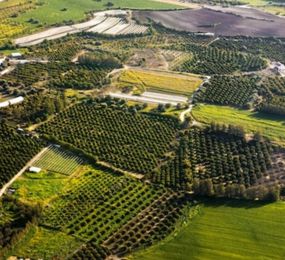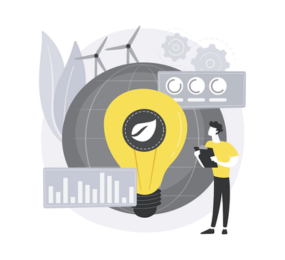Agrivoltaics, the practice of combining solar energy production with agricultural activities on the same land, is rapidly gaining traction as a sustainable solution for maximizing land use. As this innovative approach evolves, the integration of sensors and control systems is becoming increasingly vital for optimizing both crop productivity and energy generation.
The Role of Sensors in Agrivoltaics
Sensors play a crucial role in monitoring the various environmental conditions that affect both crop growth and solar panel efficiency. These sensors can track a wide range of parameters, including:
- Light Intensity: By measuring the amount of sunlight reaching the crops, sensors help in adjusting the positioning of solar panels to ensure optimal light distribution for both energy generation and plant health.
- Soil Moisture Levels: Soil moisture sensors are essential for precision irrigation, ensuring that crops receive the right amount of water. This not only conserves water but also prevents over- or under-watering, which can impact crop yields.
- Temperature and Humidity: Monitoring ambient temperature and humidity levels helps in creating optimal microclimates for crops. This data can be used to adjust shading provided by solar panels or to trigger cooling systems when necessary.
- Wind Speed: Wind sensors can be integrated to protect both crops and solar panels from damage during high winds. This data can also be used to adjust the tilt or orientation of the panels to reduce wind resistance.
Advanced Control Systems for Agrivoltaic Optimization
Control systems, when integrated with these sensors, enable real-time adjustments and automation in agrivoltaic systems. These systems can be programmed to:
- Adjust Solar Panel Positioning: Automated tracking systems can change the angle and orientation of solar panels throughout the day to maximize energy capture while ensuring crops receive adequate sunlight.
- Optimize Irrigation Schedules: Based on data from soil moisture sensors, control systems can automate irrigation, delivering water only when and where it’s needed.
- Climate Control: By integrating temperature and humidity sensors, control systems can adjust shading, ventilation, and other microclimate factors to create optimal growing conditions.
- Energy Management: Control systems can balance the distribution of generated energy between on-site agricultural operations and the grid, maximizing efficiency and profitability.
Benefits of Integrating Sensors and Control Systems
The integration of sensors and control systems into agrivoltaic systems offers numerous benefits, including:
- Increased Crop Yields: By precisely managing the growing environment, farmers can achieve higher and more consistent crop yields.
- Improved Energy Efficiency: Dynamic adjustments to solar panel positioning and energy management can lead to more efficient solar energy production.
- Resource Conservation: Smart irrigation and climate control reduce water and energy consumption, making farming more sustainable.
- Enhanced System Resilience: Real-time monitoring and automated responses help protect both crops and solar infrastructure from adverse conditions.
As agrivoltaic systems continue to advance, the integration of sensors and control systems will play a critical role in their success. By harnessing the power of data and automation, farmers can optimize their operations, leading to more sustainable and profitable outcomes. This technological synergy between agriculture and renewable energy holds immense potential for addressing global food and energy challenges.
To register or learn more about the Forum please check here:http://bit.ly/3kR0v2R.
For more information and group participation, contact us: [email protected]


